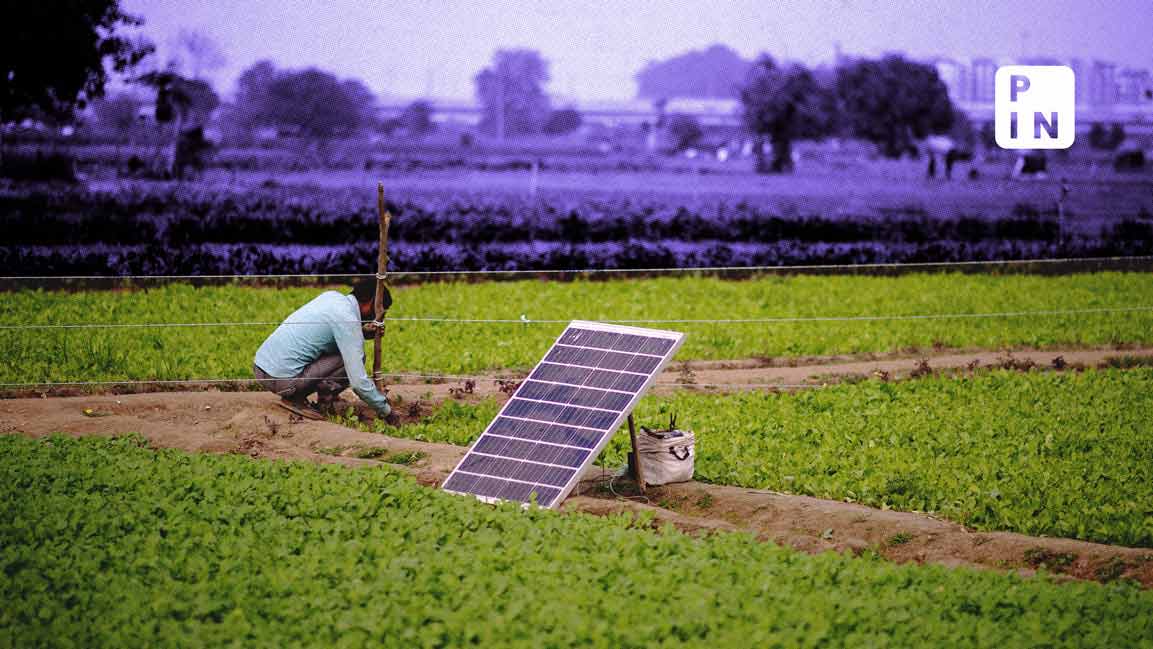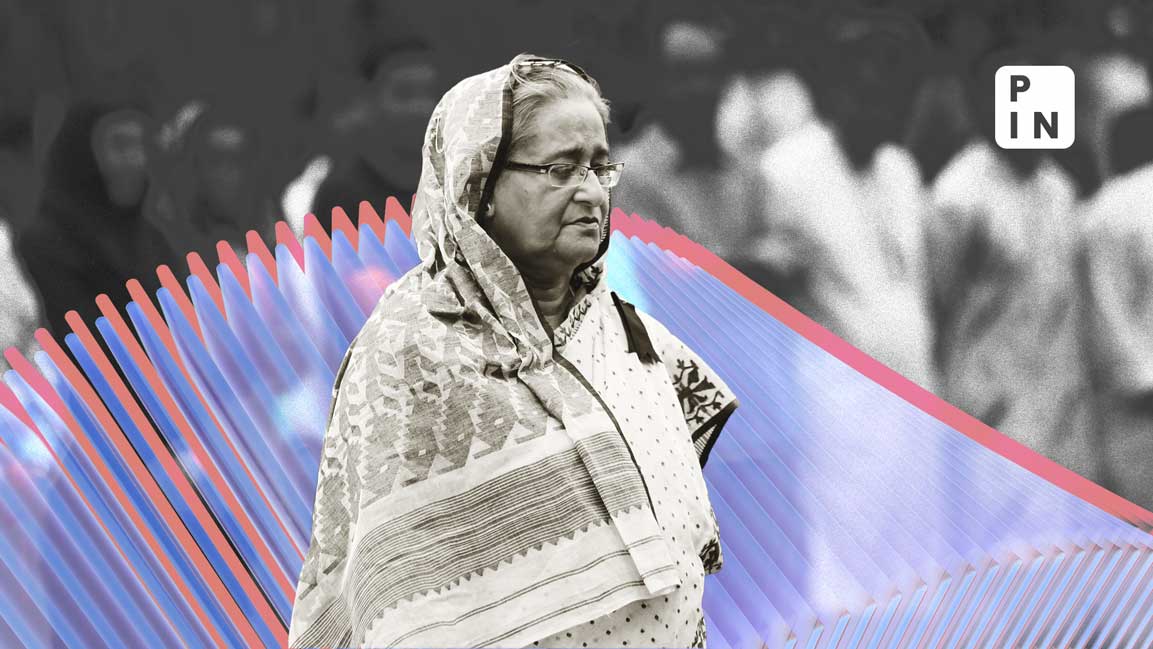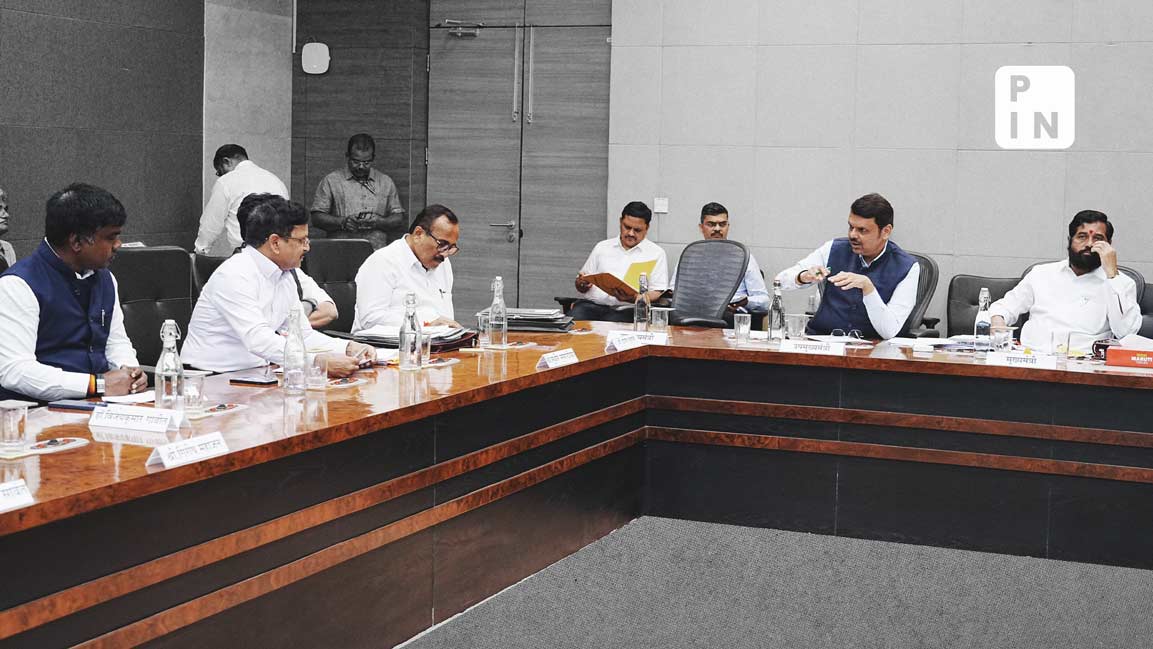- | 12:00 pm
Magnifying the rural lens to accelerate clean energy transition
Rural households face unique challenges for solar installations, such as unsuitable rooftop designs, higher installation costs, and low energy consumption.

Deploying distributed renewable energy sources such as rooftop solar systems at scale is strategically crucial for India to meet its climate goals. To this end, India has recently announced the PM Surya Ghar Muft Bijli Yojana, a national scheme that has set a target of installing 10 million rooftop solar systems and adding approximately 30 GW solar capacity, assuming an average grid connection of 3 kW per household.
Given the target, this scheme is anticipated to be a critical enabler for India’s residential rooftop solar sector, which has been impending so far. The scheme aims to increase the installed residential rooftop solar capacity by 10-fold – from about 3 GW at present to 30 GW. However, solar installations in rural areas — the most vital target group considering the rooftop solar potential of 363 GW — present challenges that will require unique policy interventions and pertinent stakeholder engagement.
The scheme has a total budgetary layout of about ₹750.2 billion (₹75,021 crore) and aims to provide up to 60% subsidy to residential consumers for installing rooftop solar systems. In two months since its launch, the scheme has already met its threshold of 10 million household registrations, accelerating the next phase of the scheme focused on implementation. The scheme can be decisive for India to achieve its 2070 net zero goal while enabling energy security.
Addressing local constraints
Despite its numerous advantages over other types of solar configurations, rooftop solar installations in India, especially in rural areas, have remained elusive. While the PM Surya Ghar scheme provides considerable impetus to rooftop solar systems, it does not specifically address challenges faced by rural households. Considering that about two-third of the population resides in rural areas in India, there is a need to integrate specific interventions designed for rural households to enable large-scale solar adoption by them. This also presents a distinct opportunity to significantly involve rural areas to realise the estimated rooftop solar potential of 363 GW while ensuring an equitable green transition for all.
For example, in several instances, the roof structures of rural households are not suitable for solar installation, in terms of their design or the materials used for construction. However, these houses usually have sufficient space within the premises to install solar panels.
The PM Surya Ghar scheme has enabling provisions to install solar panels on elevated structures apart from roof areas. However, adding an elevated structure involves extra cost. Thus, a reasonable “all-in” cost for ground-mounted solar systems installed within the premises of the residential houses should also be included in the scheme to benefit a larger number of rural households. This can catalyze solar capacity additions by driving down the cost of installation in rural areas and effectively utilize the land parcels available to the residents. Provisions such as these will ensure that the scheme benefits reach the households where the quality and reliability of electricity supply needs to be improved. Moreover, it is in line with the regulations issued by most of the state electricity regulators permitting the installation of solar panels anywhere on the premises of a residential consumer.
Similarly, integrating virtual net metering with the scheme can create avenues for small rural households. Most rural households have low electricity consumption. Small rooftop solar systems are usually commensurate in meeting their electricity demand. However, these smaller systems require more investments than community solar systems and have higher maintenance costs due to the lack of economies of scale. Aggregating the demand of such households in a village and installing a common solar plant through community models enabled by virtual net metering could be a promising solution. This arrangement enables multiple consumers within the same license area to own a renewable energy plant collectively. This way, even small rural houses can participate in the scheme. The surplus solar power can be supplied to the grid, generating additional income. The local panchayats can play an enabling role by institutionalizing this model at a village level through capacity building and creating awareness.
Many states have approved virtual net metering regulations, but adoption of these regulations remains nascent. Making virtual net metering regulations integral to distributed solar schemes and creating awareness about these regulations can address last-mile energy security issues and enable inclusive and equitable green growth. This model is more plausible for third-party or utility ownership as it creates avenues for increased revenue generation due to economies of scale, low operation and maintenance costs, and higher plant efficiency.
Seizing the opportunity
The cost of supply of power in rural areas is usually higher due to high aggregate technical and commercial (AT&C) losses. These losses stem from running a low-tension network over a long distance, lower density of consumers, low demand, theft, pilferage, and low revenue collection. Additionally, the reliability and quality of supply have remained a significant area of concern in the villages and a consistent challenge for the distribution companies (discoms) to meet their universal service obligation.
On the other hand, the discoms have been averse to rooftop solar installations primarily to avoid revenue loss from high tariff-paying consumers in urban areas. However, the dynamics change when it comes to rural areas. Distributed solar, both rooftop and non-rooftop, has an absolute advantage as they are deployed close to demand centers, thereby improving discoms’ operational efficiencies. This can significantly benefit the discoms, especially if deployed in rural areas, where the cost of supply is usually much higher than revenue return due to low electricity tariffs and higher AT&C losses.
Demonstrating business cases for discoms and developing suitable incentives can nudge discoms to move away from being pure electricity suppliers to enablers for the clean energy transition. Public-private partnerships along with payment security mechanisms to deploy distributed solar systems in rural areas on a pilot basis, can be a good starting point to prove business cases.
One of the major hurdles faced by the rural consumers when it comes to adoption of clean technologies, is the lack of access to after-sale services. Consequently, the assets are often underutilized, affecting the expected benefits. To ensure efficient utilization of assets deployed in the rural areas, it is necessary to train the local youth and build local capacities.
The targets set under the PM Surya Ghar scheme provide an unprecedented opportunity to build this ecosystem and create livelihood opportunities in rural areas. The government aims to train 100,000 individuals to support the installation of 10 million rooftop solar systems. However, a specific budget allocation would be required to create appropriate training mechanisms while leveraging existing initiatives such as the Surya Mitra program.
This is also an opportunity to create more gender balance in the sector by designing skilling programs that include specific strategies to facilitate training for women in the villages. With access to a skilled workforce, the capacity to operate, maintain, and repair rooftop solar systems can increase trust in clean technologies while creating employment opportunities for the rural youth in India. This development also posits an opportunity to generate employment avenues for rural women who can contribute to India’s clean energy transition.
A focus on the rural areas for distributed solar installation can unlock the vast potential of the sector. Successful interventions will create livelihood opportunities for both the small developers operating in the rural areas as well as the local population while helping India achieve its climate goals. PM Surya Ghar scheme provides an unmatchable scale and opportunity to bring rural India to the fulcrum of the clean energy transition – and necessarily so, given that the majority of India’s population resides there.
Jeevan Kumar Jethani is an Executive Director at the Association of Renewable Energy Agencies of States (AREAS) and Akanksha Golchha is a fellow at the India Chair at the Center for Strategic and International Studies (CSIS), Washington, DC. The views in this commentary are those of the authors.
The article was first published on Mongabay.












